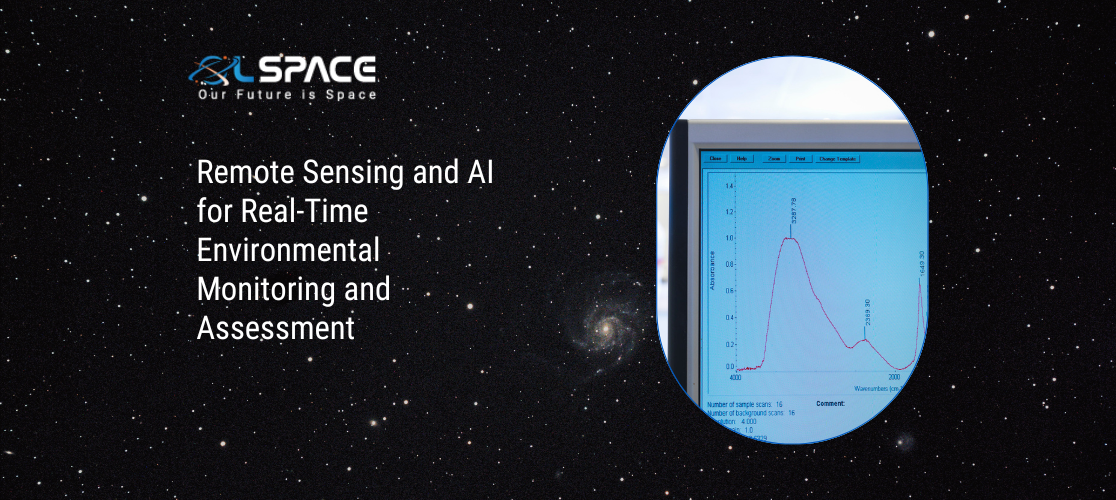25 August 2023
Remote Sensing and AI for Real-Time Environmental Monitoring and Assessment

The health of our environment is crucial for the well-being of both human populations and the planet as a whole. To ensure effective environmental management and timely response to changes, innovative technologies like remote sensing and artificial intelligence (AI) are being employed for real-time monitoring and assessment. This dynamic combination offers unprecedented capabilities to track environmental changes, identify trends, and facilitate informed decision-making. In this article, we will explore the significance of integrating remote sensing and AI for real-time environmental monitoring and assessment.
Remote Sensing: Remote sensing involves collecting information about Earth’s surface using satellite or aerial sensors. This data includes imagery, thermal readings, and spectral information, which can provide valuable insights into various environmental parameters.
Artificial Intelligence (AI): AI involves the development of algorithms and models that can learn from data and make decisions. Machine learning, a subset of AI, enables systems to recognise patterns and trends, making it a powerful tool for processing and analysing large volumes of remote sensing data.
Real-Time Monitoring: Remote sensing technologies equipped with AI capabilities enable continuous real-time monitoring of environmental changes. This is particularly valuable for rapidly changing conditions, such as natural disasters or pollution incidents.
Natural Disaster Management: Remote sensing and AI can assess the impact of natural disasters like earthquakes, floods, and wildfires in real-time. This information aids emergency response and helps allocate resources effectively.
Air and Water Quality Assessment: Sensors onboard satellites and drones can collect data on air and water quality. AI algorithms process this data to identify pollution sources, track dispersion patterns, and assess overall environmental health.
Biodiversity and Habitat Monitoring: Remote sensing can track changes in ecosystems, such as deforestation or habitat degradation. AI assists in identifying species and monitoring biodiversity patterns.
Early Warning Systems: AI-driven models can predict environmental events, such as landslides or algal blooms, by analysing historical data and current conditions. This allows authorities to issue warnings and take preventive measures.
Urban Planning and Land Use: Remote sensing combined with AI helps urban planners monitor urban growth, assess land use changes, and plan infrastructure development while minimising environmental impact.
Carbon Sequestration and Climate Change: Remote sensing technologies measure carbon levels in forests and oceans. AI aids in analysing this data to understand carbon sequestration rates and assess the impact of climate change.
Data-Driven Decision-Making: The integration of remote sensing and AI provides decision-makers with data-driven insights. Governments, organisations, and communities can base their strategies on accurate, up-to-date information.
Conclusion: The integration of remote sensing and AI holds tremendous potential for real-time environmental monitoring and assessment. This dynamic synergy empowers us to understand and respond to changes in our environment promptly and effectively. By providing actionable insights into natural disasters, pollution, biodiversity loss, and climate change, these technologies facilitate better environmental management and the protection of our planet’s resources. As technology continues to advance, the fusion of remote sensing and AI will play a pivotal role in fostering a sustainable and resilient future for both our ecosystems and societies.
